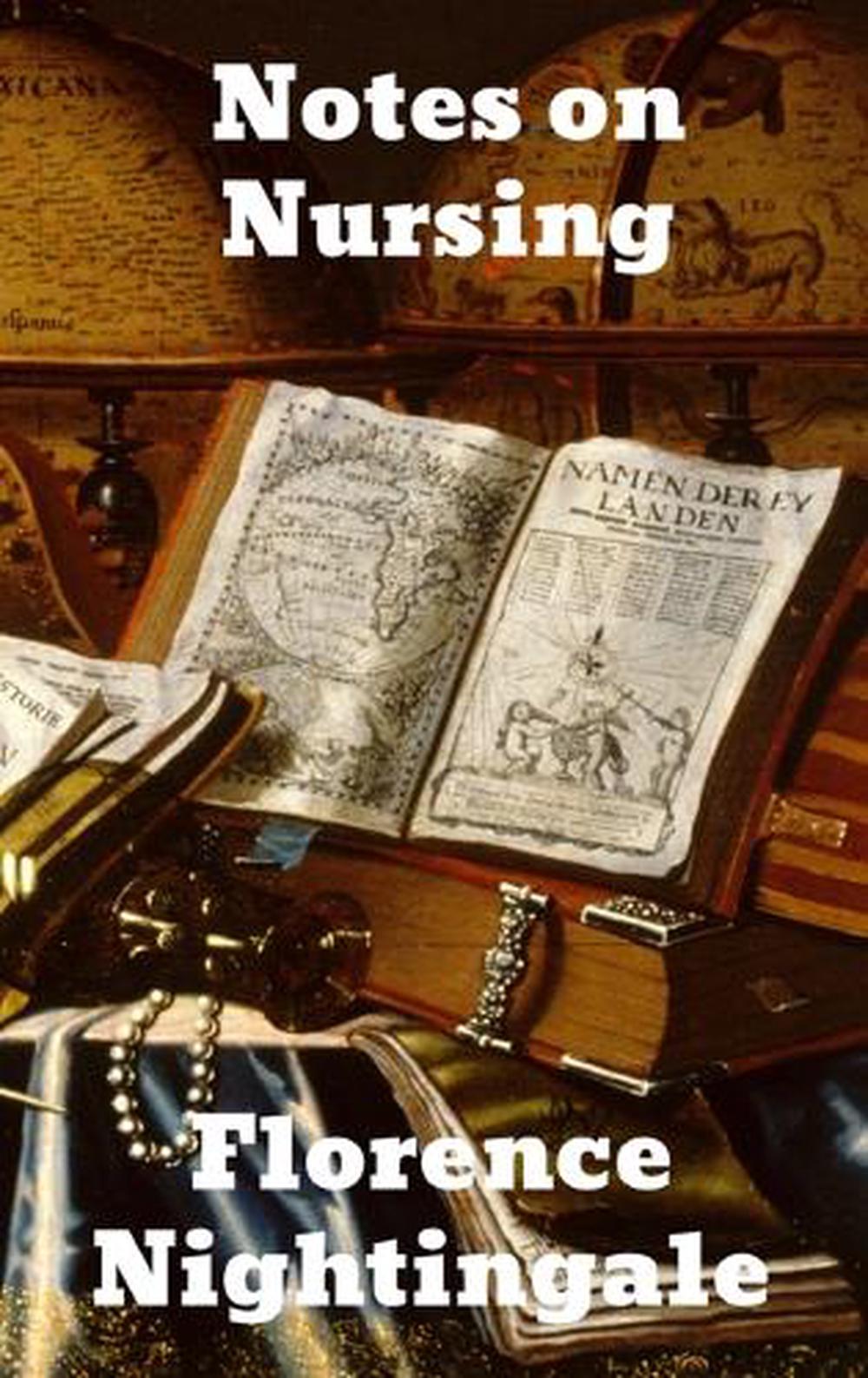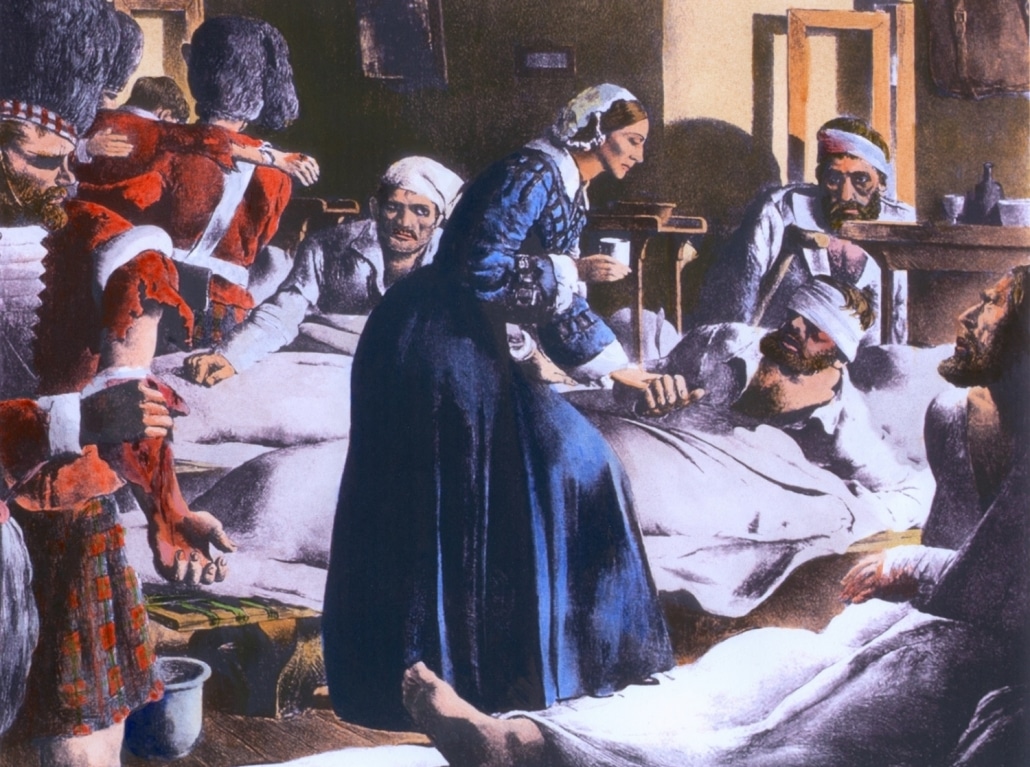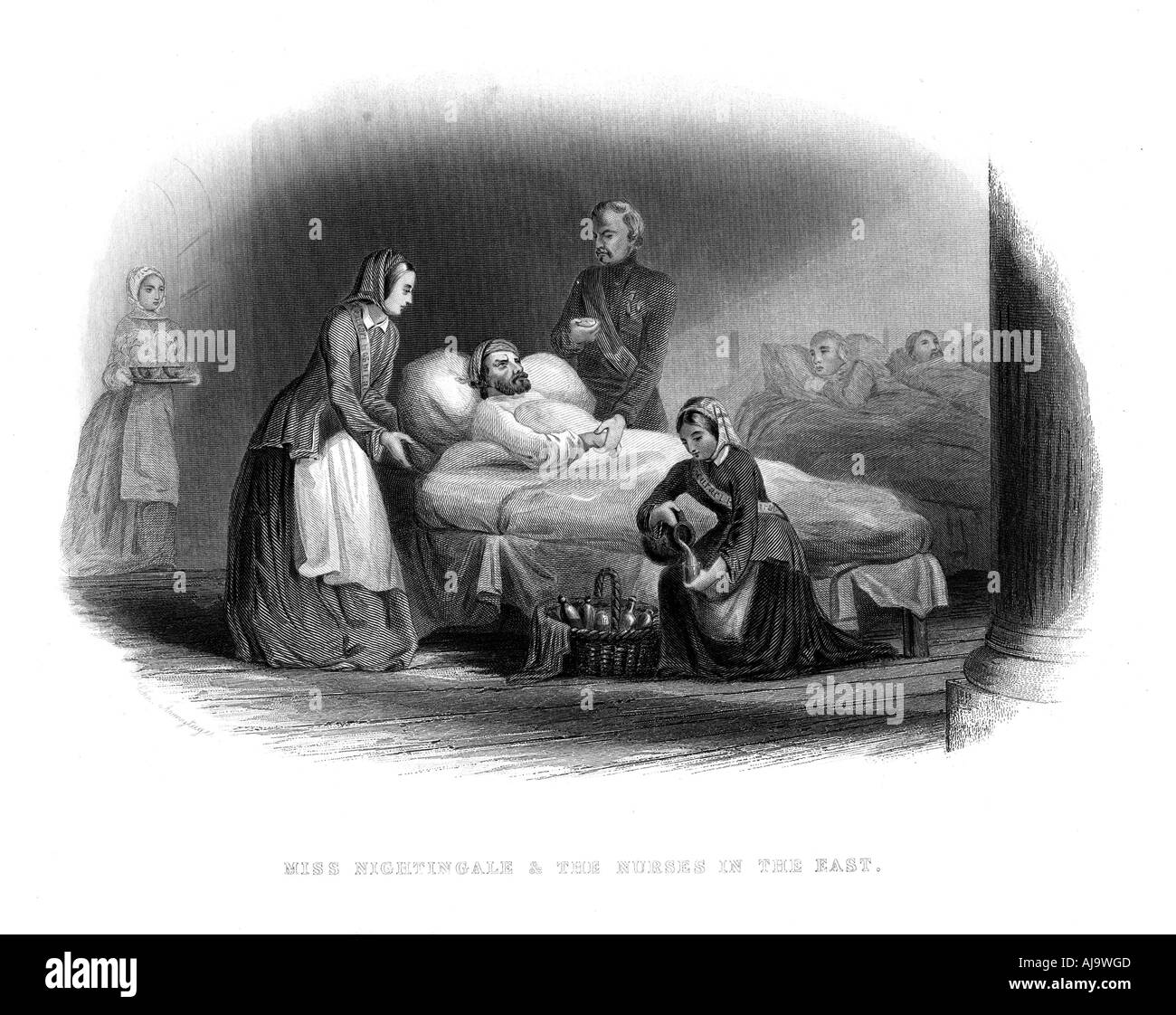
Nurse-probationers (the larger group) earned a small salary and trained for free, receiving a moderate education. This distinction would define the degree of education they received and the career path the ladies went on. Also at the school, for educating purposes, there was a division of the newly admitted students into two groups: nurse-probationers and lady-probationers. The school had a policy of placing their trainees in provincial hospitals after their one year of intense training, which was a key strategy of Nightingale’s that helped shape modern nursing (Hawkins 142).

The school opened its doors on the 9 th of July in 1860 to a small group of women and would take in and board classes of 20 to 30 women each year, certifying nearly 2,000 nurses by the end of the 19 th century. Because of this, every day sanitary knowledge and nursing needed to be taught in a higher place of education than the home, which is why this school was of high important to the reformation of nursing (Skretkowicz 45). In her Notes on Nursing, she wrote that the hospital and the school “ought to signify the proper use of fresh air, light, warmth, cleanliness, quiet, and the proper selection and administration of diet-all at the least expense of vital power to the patient,” matters that, in the past, had been viewed as unnecessary (Skretkowicz 65).

She played a large role in its development, overseeing sanitation, architecture, administration, and teaching.
#NIGHTINGALE NURSING PROFESSIONAL#
Thomas’ Hospital in London, the first-ever professional nursing school in the world (Hawkins 85). She believed that nurses should not work blindly but with intelligent obedience, and this was achieved by providing a balanced education of theoretical and moral training (Hawkins 78).Īnd so, through funding from the Nightingale Fund, Nightingale began work on establishing the Nightingale Training School for Nurses at St. She aimed to create a school that produced nurses who were educated and could teach others the profession (Smith 233). Nightingale had served as a nurse in the Crimean War and was an advocate for nursing as a career. It has been limited to signify little more than the administration of medicines and the application of poultices” (Skretkowicz 65).

In her book Notes on Nursing: What It Is and What It Is Not, Nightingale writes that “I use the word nursing for want of a better. From this came the secularization of nursing and the establishment of nursing as a career for women, led by Florence Nightingale, a British nurse, statistician, and social reformer. Between the Crimean War popularizing nursing and medical science of the time improving, there was a desire for nurses and a need for better training (Smith 233). Nursing in the Victorian Era almost completely changed after the Crimean War (1853-1856).
#NIGHTINGALE NURSING HOW TO#
Before 1860, the role of a nurse was similar to that of a housemaid since nurses had little medical education beyond knowing how to make poultices (soft, hot, and medicated cloths that were applied on the body to treat aches, inflammation, and cuts) and their duties included keeping the rooms clean and attending to the patient’s needs (Hawkins 43). It was not until the establishment of the Nightingale Training School for Nurses in 1860 by Florence Nightingale that nurses received any formal medical education and that nursing was seen as a career.

During the 19 th century, particularly in the earlier half of the century, nursing was typically pursued by women who were in the working class or part of a religious sisterhood, and for those who partook in nursing, their role as a nurse was different from modern-day nurses.


 0 kommentar(er)
0 kommentar(er)
